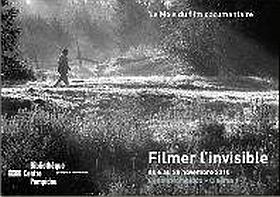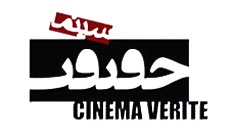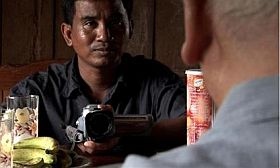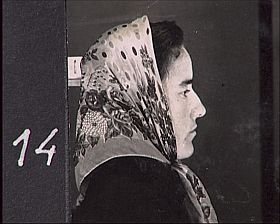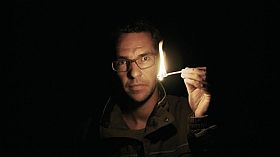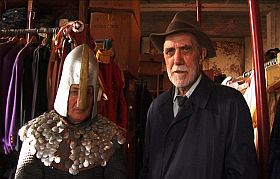


Ditte Haarløv Johnsen: Hjemløs
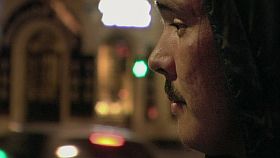
Det har da vist ikke altid været sådan? At næsten hver ny film har mindst to historier, fortællinger, tekster, dagsordener? Der er filmen selv som værk, og så er der, ofte længe før filmen er fremme, historien om dens tilblivelse. Nogle instruktører lader de to historier vokse sammen, men det gør Ditte Haarløv Johnsen bestemt ikke, og det er måske filmens problem, at den skuffer forventningen, fordi meget af dens stof på forhånd er brugt op, så den må leve af fraklip så at sige. Skønt klipperen i dette tilfælde bestemt mener, at det som er tilbage, netop er essensen, hvad der fremgår af historien om tilblivelsen. Som Haarløv Johnsen fortæller det til Jesper Bo Petersen (Ekko, november 2010) mærkes det, at hun ikke selv er helt sikker, men hun var og er loyal over for klipperen: ”Det er først og fremmest takket være min klipper Jeppe Bødskov, at det er lykkedes at sortere fragmenterne. Med sit klare og usentimentale blik på materialet forstod han at skære ind til essensen, der hvor jeg selv var forblændet af at være så dybt begravet i alt det, der skete udenom.”
Det, der skete udenom, var vistnok først og fremmest en stor, dramatisk kærlighedshistorie, måske banal i det ydre, men i Ditte Haarløv Johnsens sind rigt facetteret og mærkelig og vanvittig. Interviewet løfter en flig af forhænget for den oprivende fortælling. I filmen er den slet ikke med. Hendes fascination af den elskede markeres af hans integrerede smykkebrug, hans anderledeshed, hans forankring i grønlandsk kultur og tilværelsesforståelse. Og sådan videre i interviewets dybt interessante fortælling om dagene med ”druk, joints, ballade og bræk”.
Stort set intet af dette er overført til filmen. I hvert fald kun antydningsvist. Det vigtigste er det med kysseafstanden, som det så smukt udtrykkes i interviewet, altså selve hengivelsen med kameraet. Billederne er gennemgående meget tætte og intense. Præcist nærværende. Men de forbliver øjeblikke, glimtvise markeringer, samles ikke til hele scener af filmpoesi. Sker det, føjes der totaler til og æstetikken svinger over i ren reportage med journalistikambitioner. Det skader fordybelsen og giver plads til en slags social indignation, som der bare ikke er belæg for. Som de tre venner, som filmhistorien koncentrerer sig om, opfører sig, er de blot tre alkoholikere i gang med at drikke sig ihjel. Deres skæbne kan det være meget, meget svært at engagere sig i filmkunstnerisk, og det lykkes heller ikke. Det ender som cases for professionelle socialarbejdere. Der er fine, fine tilløb i det lyriske stofs behandling, men det socialrealistiske stof er traditionelt demonstrerende: her er noget galt. Javist er noget galt, men sagen er, at det var meget, meget værre i virkeligheden. Det fremgår af historien i Jesper Bo Petersens tekst.
Senere: Min blogkollega Tue Steen Müller meddeler i en mail fra Memorimage festivalen, hvor han, som det ses ovenfor, arbejder disse dage: “… jeg fandt den (Hjemløs) meget intens, meget vellykket med en fantastisk energi i stort alle scener. Hun er bogstaveligt talt tæt på hele tiden og de bliver stærke karakterer for mig.” Det har læserne af Filmkommentaren og Ditte Haarløv Johnsen krav på at vide, mener jeg.
Ditte Haarløv Johnsen: Hjemløs Danmark 2010, 55 min. Fotografi: Ditte Haarløv Johnsen og Minka Jakerson, klip: Jeppe Bødskov, lyd: sylvester Holm og Frank Mølgaard Knudsen, musik: Mark Solborg, produktion: Nature & science www.naturescience.dk ved producer Anders Drud Jordan. DR2 i aftes på Dokumania. Vises i dag og fredag på Cph:Dox.
